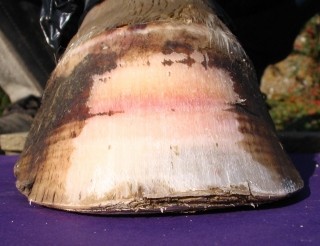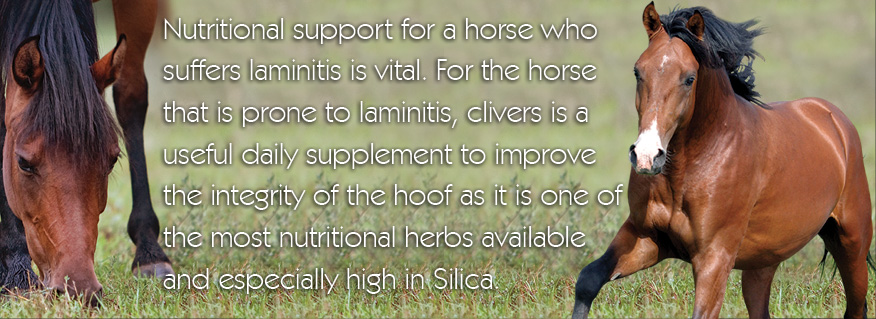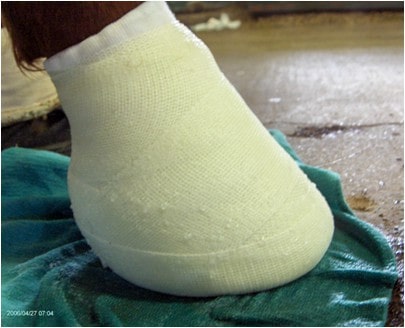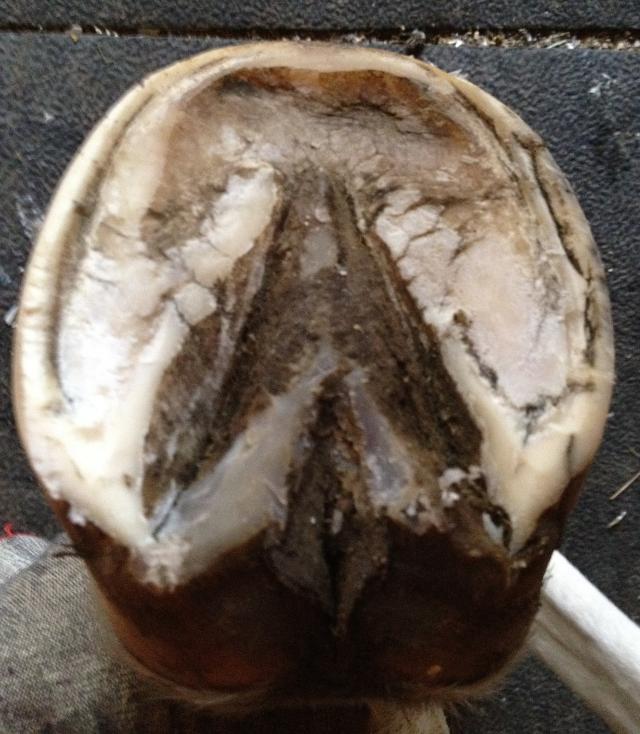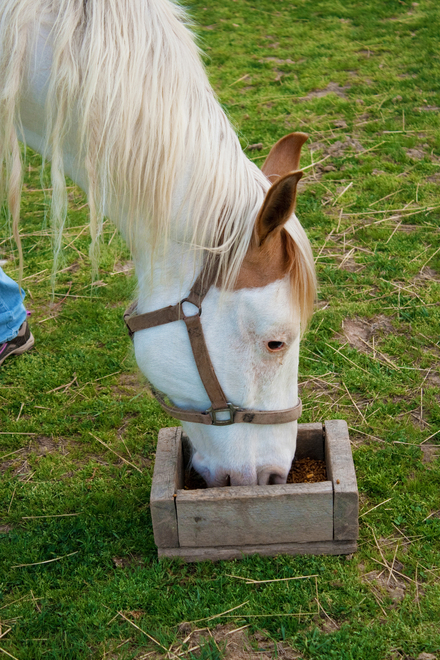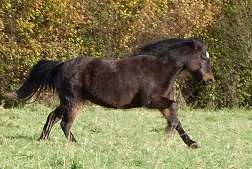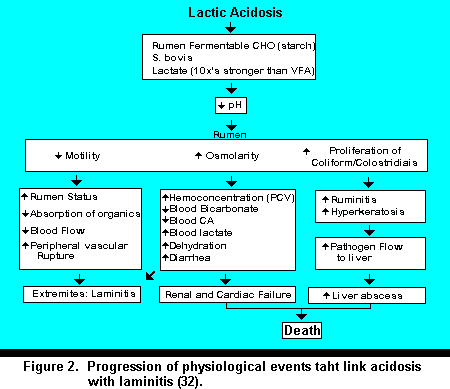Low Grade Laminitis Treatment

The sooner treatment begins the better the chance for recovery.
Low grade laminitis treatment. In this article we will take a look at equine laminitis symptoms and treatment because a prompt recognition of horse laminitis and its treatment is essential to reduce the long term severity and improve the horse s overall health. Laminitis affects nearly 10 of the equine population and can occur with sudden onset in horses ponies and even donkeys. The aim of trimming and shoeing horses with low grade laminitis he adds is to minimize forces on the laminae and improve blood supply to the tissues that produce hoof wall and sole. Diagnosing and treating the primary problem laminitis is often due to a systemic or general problem elsewhere in the horse s body.
I also thought the owner needed to find the trigger that caused the laminitis. A horse with low grade laminitis is not only in pain and has compromised performance it can be tipped over. Treatment will depend on specific circumstances but may include the following. I thought the laminitis cascade had to be stopped before the horse would find any degree of comfort.
However laminitis doesn t always appear as the classic rocked back laminitic stance and bounding digital pulses. Horses with low grade laminitis can be made comfortable and taken off bute while still having an active case of the disease. High levels of anti oxidants are needed until this process is reversed then lower maintenance levels can be used. Treatment for laminitis can vary depending on the severity of the condition but the mainstay for years is to get your horse started on a regimen of phenylbutazone which is a powerful anti inflammatory.
Low grade laminitis can smolder away with symptoms that are often not recognized by the owner. Laminitis is a classic example of free radical damage. Laminitis is a devastating condition that can wreak havoc with any horse. That along with proper and supportive footing are two of the treatments used in helping to alleviate the pain disease.
This can be done with a variety of shoes and trimming techniques that encourage the horse to load the healthier heel region of the hoof. Using low doses of antioxidants over time is like trying to put out a forest fire using a garden hose.

